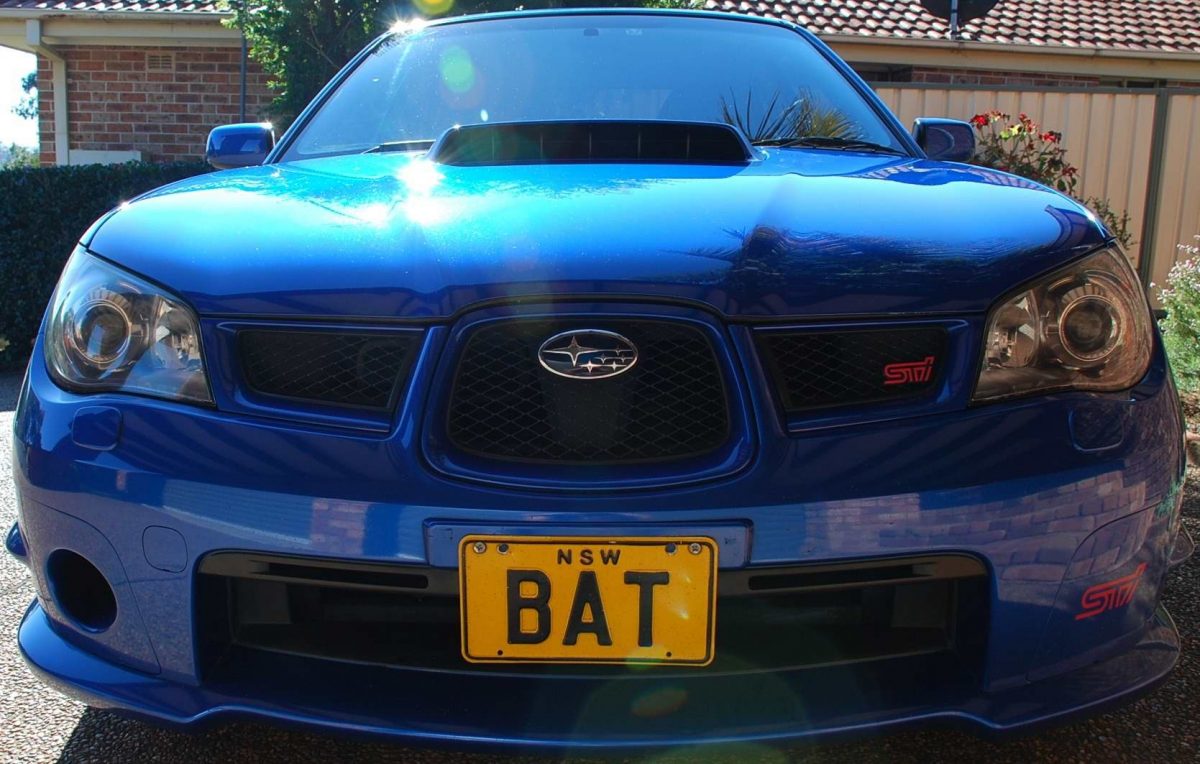On 3 February, 2008, Sydney was in the grip of a major low pressure system that saw large quantities of rainfall across the entire Sydney metropolitan area. There were many areas affected by flooding (thankfully, we were not unduly inconvenienced). However, the lake across the road from our house rose to levels never before seen. The lake is part of a stormwater catchment system designed to prevent the detritus of human occupation (read “garbage”) such as empty plastic bags and bottles, grass clippings, pet faeces, etc., etc., from finding its way downstream and eventually ending up in the Hawkesbury River.
The lake is home to a number of different species of native water birds, and has even hosted a breeding pair of black swans (regretfully, they have taken up residence elsewhere – we suspect this is in no small way due to the visits by marauding & opportunistic pelicans that show up on frequent occasions. And then there was the couple that used to bring their Labrador Retriever dogs to the park for training for dog trials and these people would blithely throw floating “toys” into the lake for the dogs to retrieve as part of their training regimen. The dogs would end up swimming to the small island that can be seen in the photos, which would have been very unsettling for the swans and their brood. These people were politely requested by several of the residents around the lake to not to let their dogs into the lake, and they were gracious enough to adhere to this request for a while, but eventually the dogs were back in the water. These people and their dogs haven’t been seen at the park for some time now and that coincides neatly with the departure of the swans).
The swans still return occasionally for a visit, but rarely remain long. Hopefully they will one day return to re-establish the lake as a nesting site and produce another clutch of progeny – there is something quite satisfying watching the adult swans majestically paddle around the lake closely followed by the troop of signets. We see a similar thing with the native ducks and their ducklings paddling around the lake, but it’s just not quite the same.
Following are a series of images showing the lake as it is normally, and how it appeared on 3 February together with a timeline to indicate how quickly the waters rose.
Images 1 to 7 show the lake in it’s normal, non-flooded state, panning from right to left from our viewpoint. Images 1 through 6 are as the camera panned from right to left across the scene, and note especially Image 7 and the small signboard at the centre of the image. This signboard, which shows pictures and a brief description of the types of water birds that reside in the lake for people to study as they walk around the lake, stands approximately 1.2 metres high.
Image 1
Image 2
Image 3
Image 4
Image 5
Image 6
Image 7
And now for the same scenes during the deluge…
Image 8 – compare this with Image 1
Image 9 – compare this with Image 2
Image 10 – compare this with Image 3
Image 11 – compare this with Image 4
Image 12 – compare this with Image 5
Image 13 – compare this with Image 6 (I stuffed up the focus on this one unfortunately – nevertheless, even though the intended focus area is blurred, you can get an idea of the water level)
Now then – remember the signboard in Image 7? What follows is a series of images with a timeline to show the rise of the waters. These all follow on from Image 9, which was taken at 12.23 pm. (I regret that a couple of them are a bit blurred. It’s a new camera and I really am going to have to work on my camera technique).
Image 14 – 12.27 pm (4 minutes after Image 9)
Image 15 – 12.31 pm (8 minutes after Image 9) – notice the strength of the water flow has forced underwater the reeds that were visible in Image 14 in front of the grid fence
Image 16 – 12.32 pm (9 minutes after Image 9)
Image 17 – 12.34 pm (11 minutes after Image 9)
Image 18 – 12.37 pm (14 minutes after Image 9) – going…….
Image 19 – 12.40 pm (17 minutes after Image 9) – going……..
Image 20 – 12.41 pm (18 minutes after Image 9) – goooorrrnnnn!!!!
Image 21 – 12.52 pm (29 minutes after Image 9) – long gone under, and the waters are almost smooth as the depth above the grid has almost negated the turbulence created as the water flows over the grid. This was about the maximum level the waters reached, but I have no idea how deep it was as there is no flood water measure (like the type you find near rivers prone to flooding). My estimate is that the water reached a level that was a little over 2 metres above its normal height.
© Bat’s View. All rights reserved.
